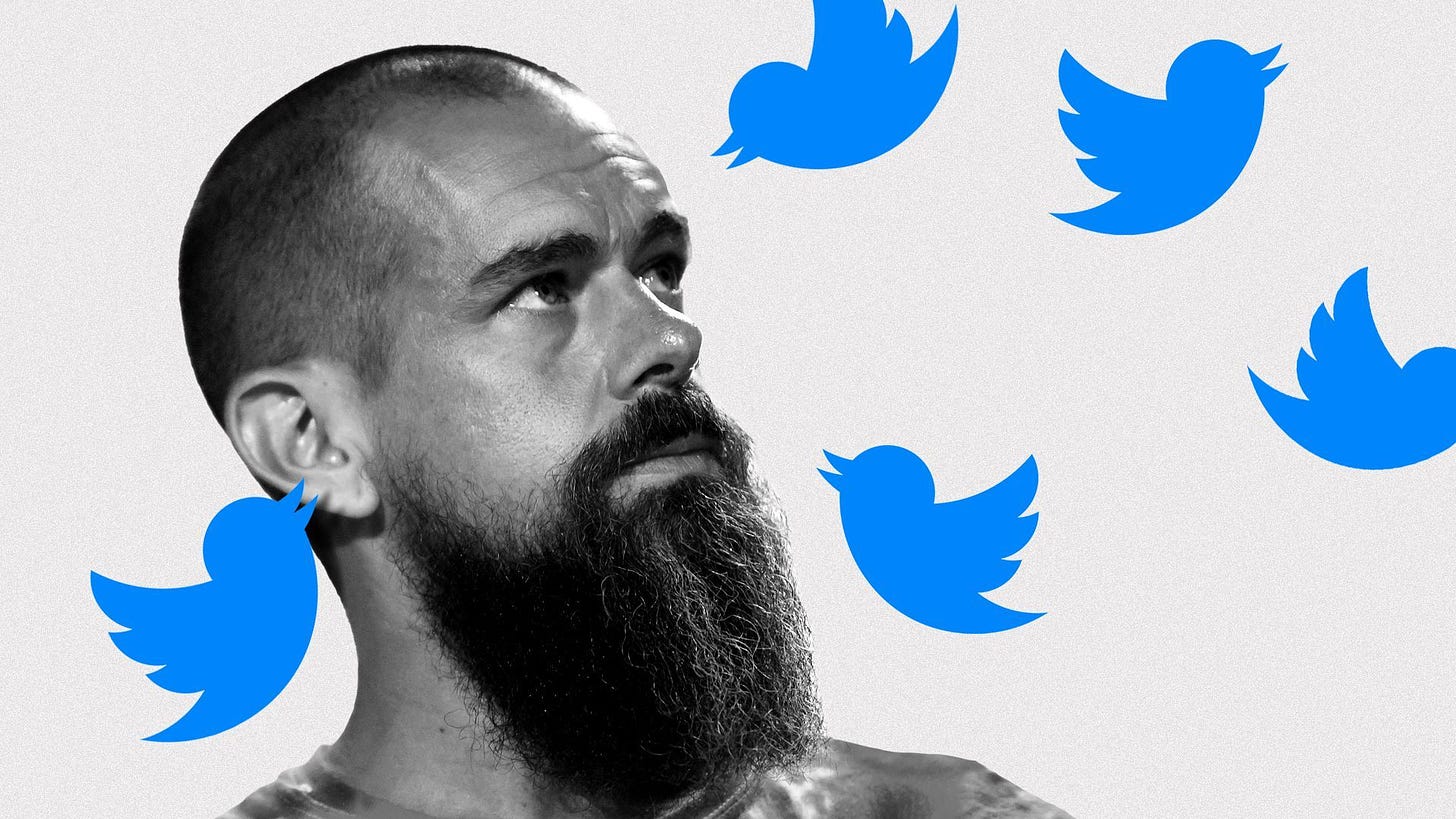Listen to a recording of this essay here.
There’s a video I came across recently that I’ve been thinking about a lot. In it, Jack Dorsey, the founder and ex-CEO of the app formerly known as Twitter, is sharing an early failure in his journey to becoming a successful founder (though, as I’ve said before – failure doesn’t exist.) After his first company went under, the following period of contracting and getting fed up with tech (and getting carpal tunnel) led to a stint where Dorsey became a licensed massage therapist, fully prepared to give up programming for a career massaging coders instead. The clip doesn’t go into detail about how he made the transition, but we know how the story ends: Dorsey eventually went back to tech, founding Twitter and the mobile payments company Square shortly after.
I was curious to know how one goes from being the founder of a promising startup in Silicon Valley to doing 1,000 hours of massage therapy training in Missouri, so I did further research. As with most things in life, what was easily condensed into a two-minute story actually represented four years of rambling detours that included Dorsey moving back in with his parents in St. Louis at 26 , getting his massage license, babysitting, getting really into botanical illustration, and then taking fashion design classes, learning how to sew, and considering a career as a designer instead. Eventually, Dorsey moved back to San Francisco, and after a chance encounter with Evan Williams, founder of the early blogging platform Blogger, Williams hired him as a coder and eventually co-founded Twitter. 1
Dorsey’s story reminded me of a quote I encountered years ago, from Bill Waterson, the creator of the Calvin and Hobbes’ comic:
“It’s worth recognizing that there is no such thing as an overnight success. You will do well to cultivate the resources in yourself that bring you happiness outside of success or failure. The truth is, most of us discover where we are headed when we arrive. At that time, we turn around and say, yes, this is obviously where I was going all along. It’s a good idea to try to enjoy the scenery on the detours, because you’ll probably take a few.”
Dorsey definitely tried his best to enjoy the detours, but his story mostly resonated with me because it’s another example of what I’ve come to understand in my own life: even if you get blown off track, you can always get back on.
Keep reading with a 7-day free trial
Subscribe to The New New to keep reading this post and get 7 days of free access to the full post archives.





